ABA Therapy for Autism Therapy Support
Understanding and Utilizing ABA Therapy for Autism Support
Introduction to ABA Therapy
Applied Behavior Analysis (ABA) therapy is a scientifically-backed intervention aimed at improving social skills, communication, and behavior management in individuals with Autism Spectrum Disorder (ASD). As an evidence-based practice, it has been recognized by esteemed organizations, making it one of the most reliable therapies for autism support.
Benefits of ABA Therapy for Autism
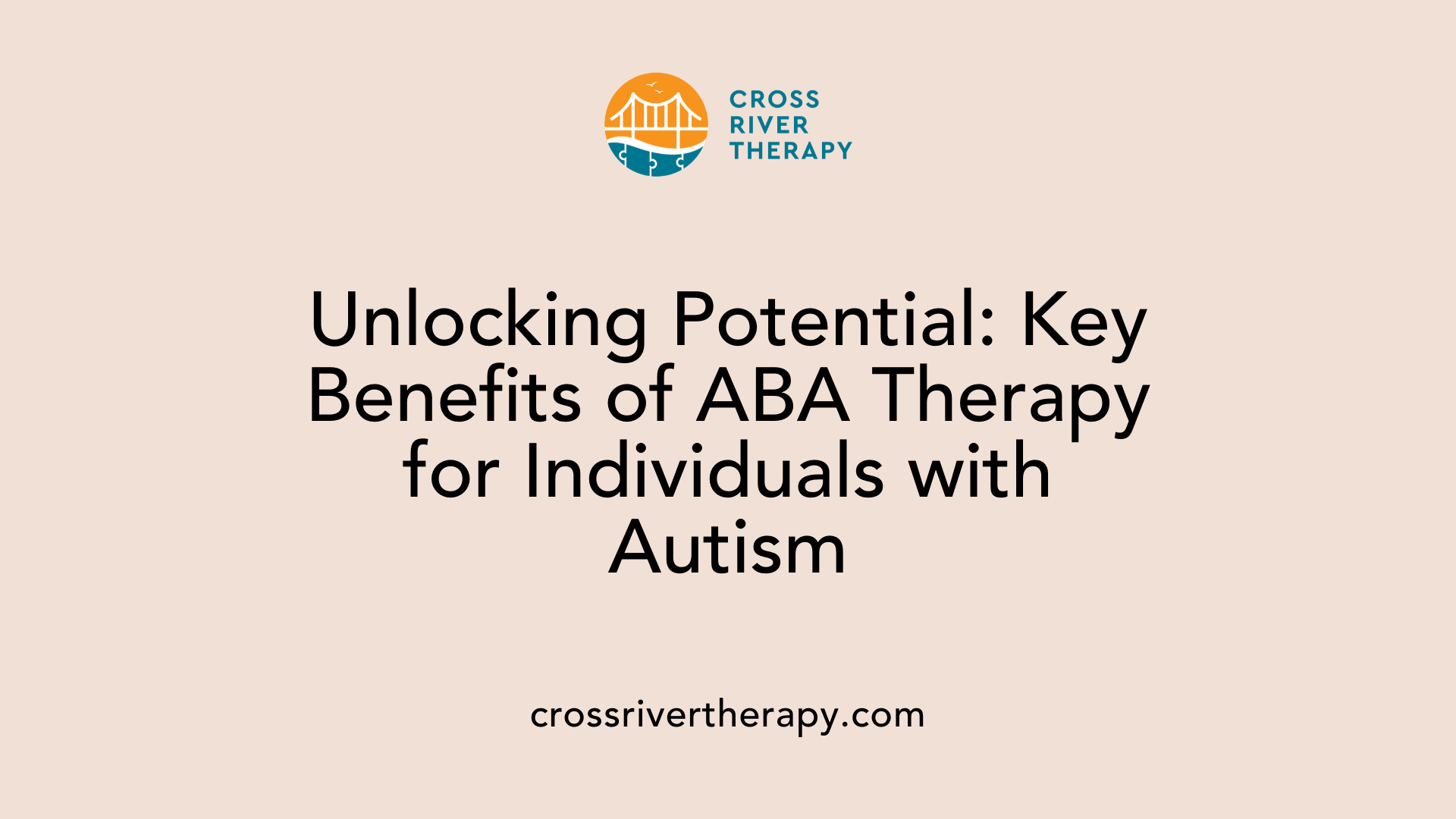
What are the benefits of ABA therapy for individuals with autism?
ABA therapy offers significant benefits for individuals with Autism Spectrum Disorder (ASD), particularly in skill acquisition and enhancing social interactions. One of the prominent advantages is the focus on increasing skills and independence. This therapy allows children to gain essential life skills, enabling them to perform daily tasks with greater autonomy.
How does ABA therapy aid in social skills development?
Another effective component of ABA is its emphasis on social skills development through peer training. This strategy teaches typically developing children to help their peers with ASD engage and practice social skills, encouraging collaboration. Such interactions not only promote social integration for children with autism but also foster understanding and empathy in neurotypical children, ultimately reducing feelings of isolation.
What is the importance of real-world application of learned skills?
Moreover, regular exposure to natural environments, such as schools and community settings, enables children with ASD to apply their learned competencies effectively. In these settings, they practice verbal and non-verbal communication in authentic contexts, which enhances their interaction skills. Through comprehensive models, like those employed by Chicago ABA Therapy, these strategies are integrated, maximizing the potential advantages for individuals with autism.
Techniques Used in ABA Therapy
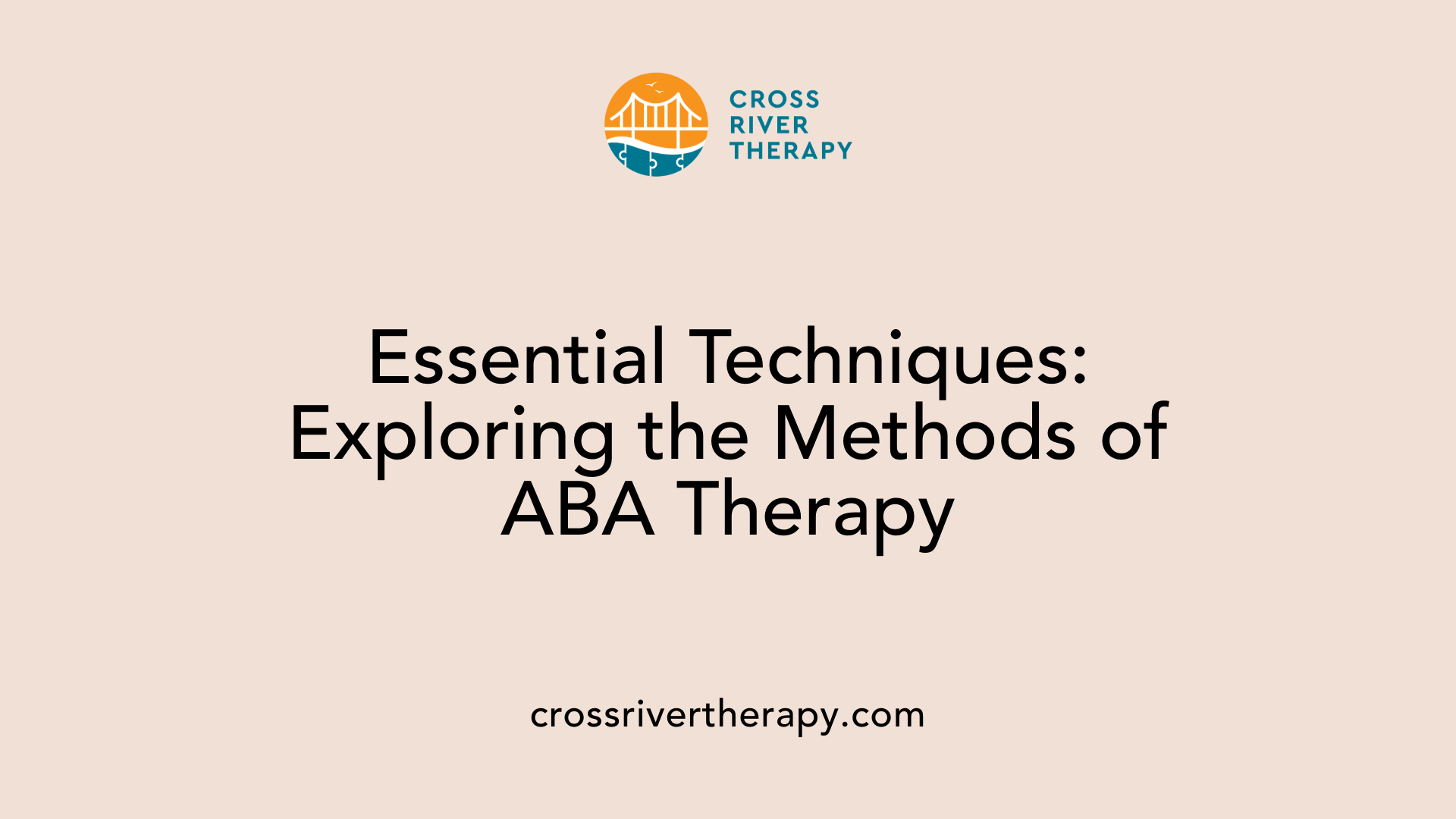
What techniques are used in ABA therapy?
ABA therapy employs a variety of techniques aimed at improving specific behaviors in children with Autism Spectrum Disorder. Here are some of the prominent methods:
- Positive Reinforcement
This method encourages desired behaviors by providing rewards or praise immediately following the behavior. This approach not only increases the likelihood of repeating the behavior but also motivates children to engage actively during sessions.
- Discrete Trial Training (DTT)
DTT is a structured teaching method that breaks down skills into smaller, manageable tasks. It involves a clear sequence of instruction, response, and reinforcement, helping children focus on specific learning objectives with immediate feedback for correct responses.
- Functional Communication Training (FCT)
FCT aims to replace challenging behaviors with appropriate communication skills. By teaching children how to express their needs effectively, FCT helps reduce frustration and promotes smoother interactions, leading to improved communication overall.
- Antecedent-Based Interventions (ABI)
This technique modifies the learning environment by addressing potential distractions and triggers for undesirable behaviors. By adapting the surroundings, ABI helps children maintain focus on tasks more effectively.
- Modeling
Behavior modeling involves therapists demonstrating desired behaviors for children to observe and replicate. This strategy is particularly effective in teaching social interactions and communication skills by providing concrete examples.
- Behavioral Contracts
Involving families in the therapy process, behavioral contracts set clear expectations and consequences, enhancing commitment and understanding of behavioral goals.
These diverse techniques are designed to help individuals develop essential communication and social skills while decreasing challenging behaviors, making ABA therapy a comprehensive approach to enhancing the quality of life for children with autism.
Duration and Commitment Required for ABA Therapy
How long do children typically need ABA therapy?
The duration of ABA therapy usually spans between 3 to 5 years, depending on the unique needs of each child. During this time, therapy sessions typically occur 2 to 5 times per week, with each session lasting anywhere from 2 to 7 hours. The goal is to provide intensive support that leads to noticeable developmental improvements.
What factors influence the duration of therapy?
Several factors can influence how long a child may need ABA therapy:
- Age of the child: Younger children often benefit from more intensive interventions.
- Complexity of behaviors: Children with more challenging behaviors may require longer intervention periods.
- Insurance coverage: Financial constraints and access to services can affect the number of hours of therapy provided.
How are caregivers involved?
Caregiver involvement is crucial in ABA therapy. Parents typically engage in monthly training sessions to learn how to implement techniques at home, ensuring consistency in approaches. This collaboration helps children generalize what they learn in therapy across various settings, enhancing overall effectiveness. By supporting the therapy goals at home, caregivers play a vital role in their child's success.
Addressing Aggressive Behaviors in Autism
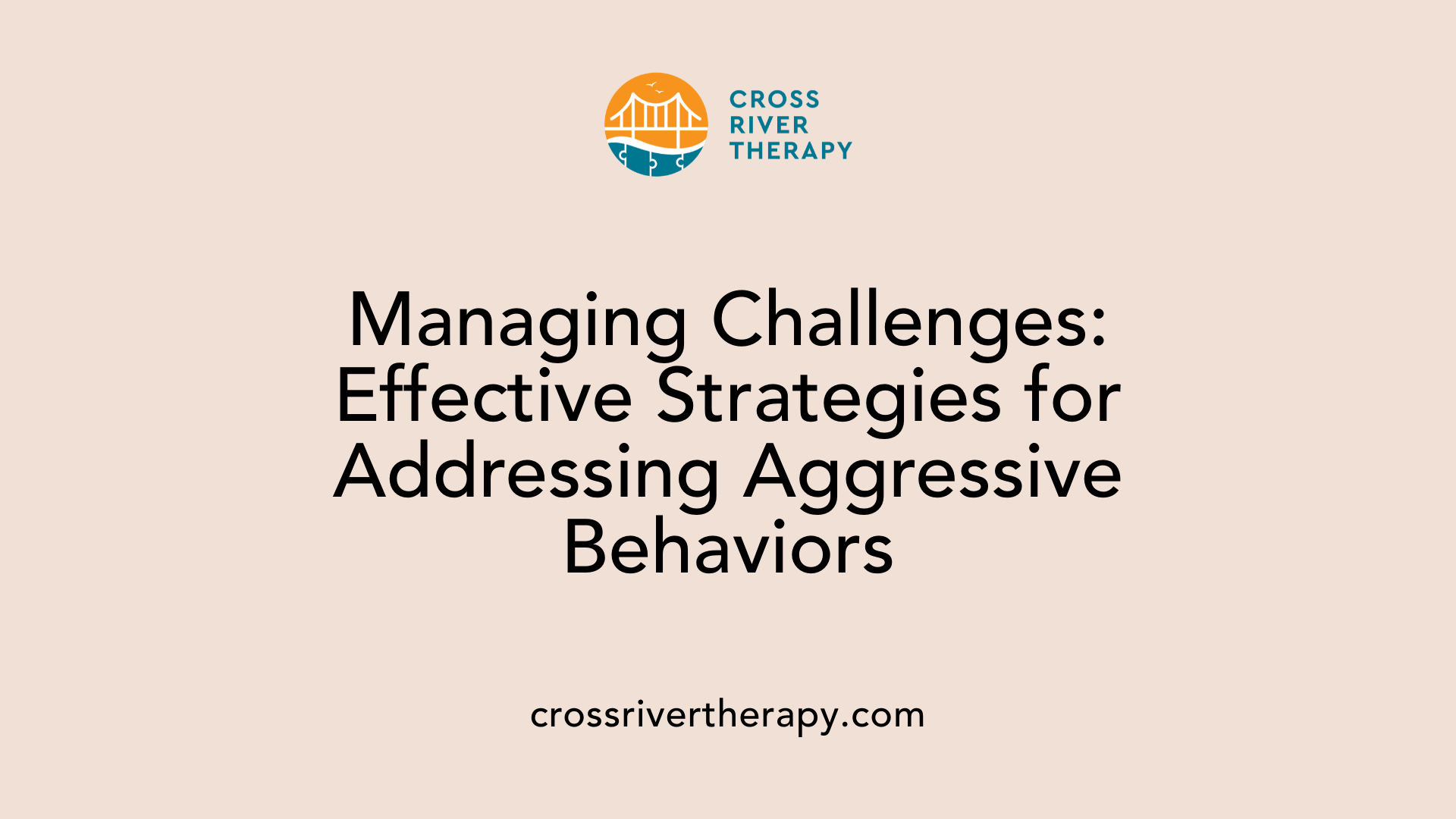
How does ABA therapy address aggressive behavior in individuals with autism?
ABA therapy is an effective approach for addressing aggressive behaviors in children with autism by targeting the underlying causes of these actions.
Functional Behavior Assessments
A Functional Behavior Assessment (FBA) is the cornerstone of understanding why an individual exhibits aggressive behaviors. This thorough evaluation identifies triggers and the antecedents leading to aggressive responses. BCBAs analyze patterns of behavior, which allows for a tailored intervention plan. By understanding the root causes, therapists can implement strategies that not only mitigate aggression but also foster the development of positive behaviors.
Positive Reinforcement
Positive reinforcement is a fundamental technique used within ABA therapy to encourage desirable behaviors. By rewarding positive actions, children learn more appropriate ways to express themselves and communicate their needs. For instance, instead of resorting to aggression when frustrated, a child can be taught to use words or other forms of communication, reinforcing this new behavior with immediate praise or tangible rewards.
Role of BCBAs
Board Certified Behavior Analysts (BCBAs) play a crucial role in the intervention process. They design individualized behavior intervention plans (BIPs) that not only focus on reducing aggression but also improve social skills and emotional regulation. The BCBAs continuously monitor progress and adjust strategies based on data collected during therapy sessions, ensuring the intervention remains effective and tailored to each child's needs.
Overall, when ABA techniques are applied consistently and thoughtfully, they can lead to significant improvements in managing aggression and enhancing communication skills for children with autism.
Criticisms and Controversies of ABA Therapy
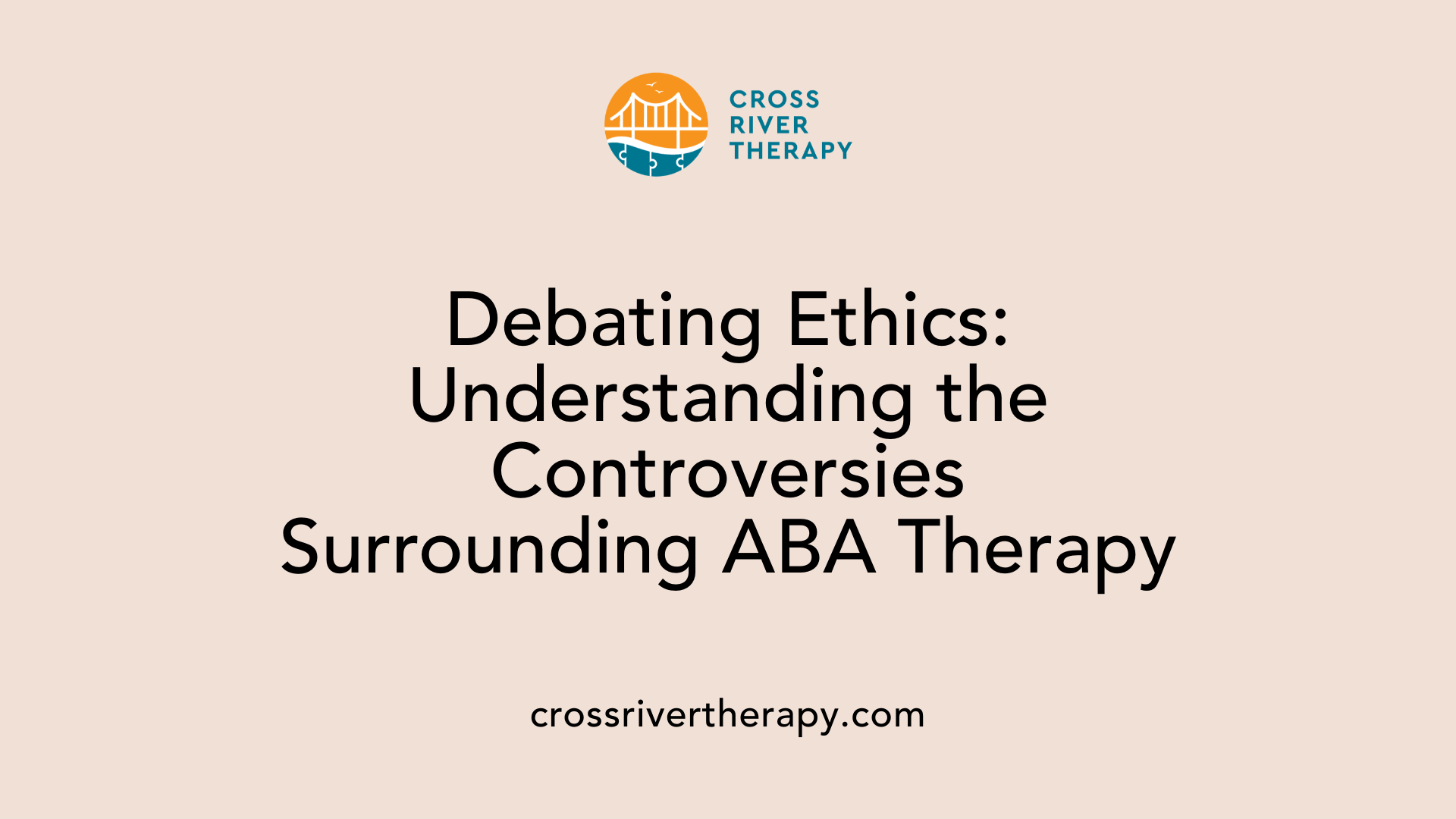
What criticisms and controversies surround ABA therapy?
ABA therapy often faces intense scrutiny, particularly from voices within the autistic community. Many individuals express negative experiences that raise serious ethical concerns about the therapy's implementation. Personal accounts often describe environments that felt more abusive than therapeutic, resulting in emotional distress and sometimes even physical harm. Critics argue that the pressure to conform to neurotypical behaviors can be overwhelming, leading to shame and anxiety for autistic children.
Concerns from the autistic community
The challenges faced by those in ABA programs frequently include the suppression of behaviors that are natural for them, such as stimming—self-stimulatory actions that many autistic individuals engage in as a coping mechanism. This forced compliance can lead to significant emotional fallout, with some practitioners disregarding the mental health of their clients in favor of behavioral conformity. Stories of trauma and distress conditions like PTSD stem from these practices, prompting a re-evaluation of how ABA is conducted.
Ethical considerations
Ethical questions surrounding ABA therapy are vital and must be considered in any discussion about its use. Many advocates are calling for more humane, supportive approaches focused on understanding and accommodating individual needs rather than changing behaviors for the sake of compliance. In response to these concerns, some contemporary practices in ABA have shifted toward more inclusive methods, emphasizing the quality of life and emotional well-being of clients alongside behavioral improvements. The debate continues, driving advocacy for better, more informed approaches to therapy that listen to the voices of those directly affected.
Beyond Autism: Applications of ABA Therapy
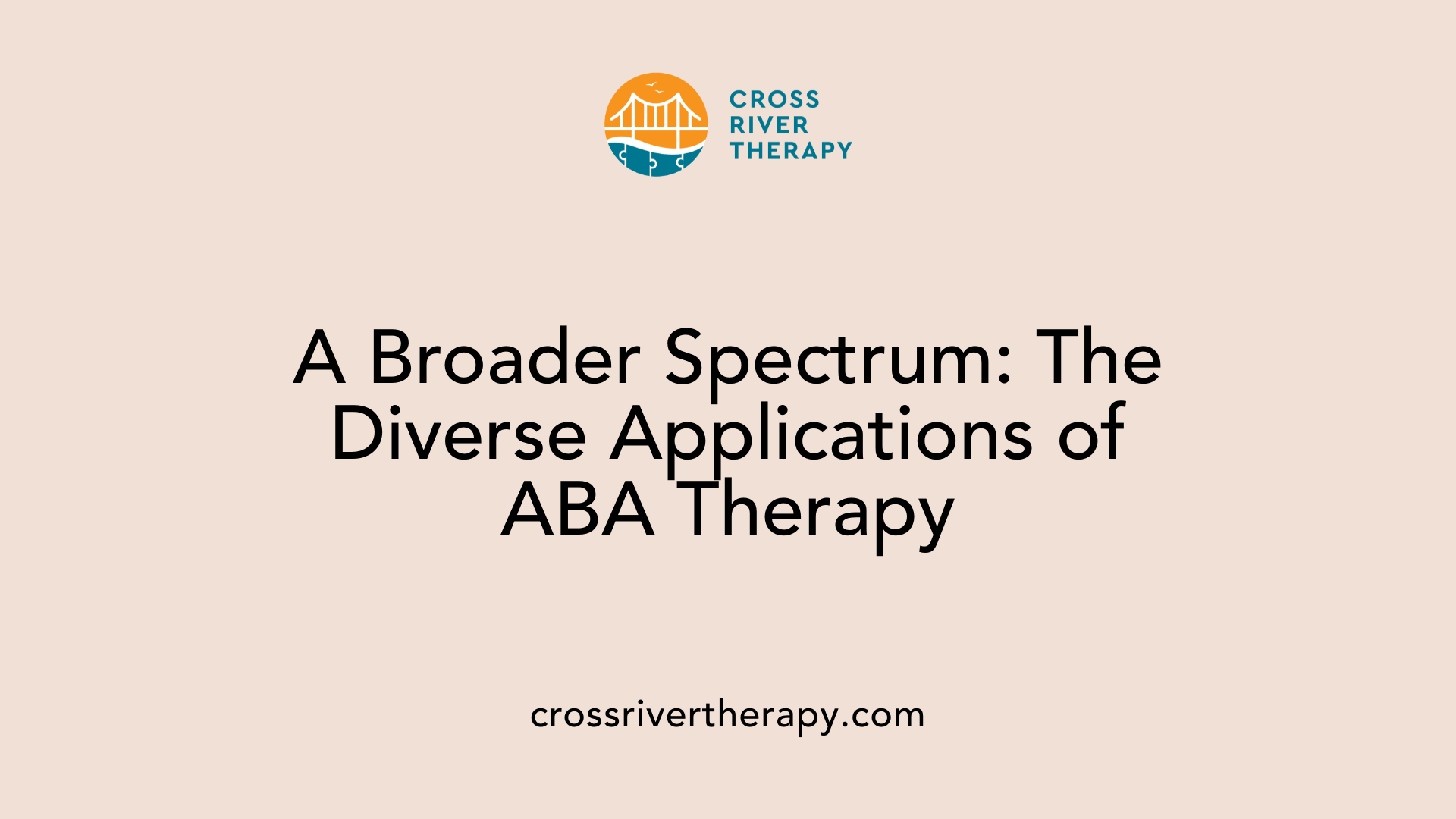
Is ABA therapy exclusively used for autism?
ABA therapy is not limited to autism; it finds beneficial applications in various behavioral and cognitive issues across different ages. Originating as a treatment primarily for Autism Spectrum Disorder (ASD), its methodologies also prove effective for conditions such as ADHD, OCD, and PTSD. The therapy focuses on boosting social and behavioral skills through techniques like positive reinforcement, which encourages desired behaviors while reducing challenging ones.
ABA's versatility allows it to adapt to various therapeutic settings. For instance, children with attention-deficit disorders may receive support in developing focus and organizational skills by breaking tasks into manageable components. Similarly, individuals struggling with obsessive-compulsive behaviors can learn coping strategies through behavior modification techniques.
Effectiveness across different age groups
Research indicates that ABA therapy is effective for individuals of all ages. While starting early—ideally during the ages of 2 to 6—yields the most significant improvements, older children and adults can also benefit from tailored interventions. For example, ABA principles can help adolescents manage social interactions more effectively and assist adults in refining job-related skills.
The adaptability of ABA approaches means that treatment plans are personalized for each individual, regardless of age. Techniques are modified to engage with the person's interests and capacities, illustrating ABA therapy's broad scope in optimizing behavioral management and skill development.
This table highlights how ABA therapy addresses a spectrum of conditions beyond autism, confirming its relevance across various life stages and behavioral challenges.
Understanding ABA Therapy
What is Applied Behavior Analysis?
Applied Behavior Analysis (ABA) is a therapy grounded in the science of learning and behavior. It focuses on increasing helpful behaviors and decreasing harmful or learning-impeding ones, particularly for children with autism and related developmental disorders. ABA employs positive reinforcement techniques to foster desired behaviors while discouraging negative ones.
ABA is distinguished by its individualized approach, which means therapy is customized based on each child’s unique needs, skills, and interests. These programs are typically designed and overseen by Board Certified Behavior Analysts (BCBAs), who assess progress and make necessary adjustments throughout treatment.
Research has shown that ABA therapy is highly effective, particularly with sessions that are intensive and frequent during the early years of development. Studies indicate significant improvements in various areas, including communication, social skills, and daily functioning. Overall, ABA is recognized as an evidence-based best practice for children on the autism spectrum and is aimed at promoting independence and long-term success.
Core Methodologies
ABA therapy encompasses several core methodologies, each designed to facilitate learning in distinct ways. Common techniques include:
Each of these methodologies is tailored to ensure that the therapy meets the specific objectives of the child, further enhancing its effectiveness in improving their quality of life.
Methodologies within ABA Therapy
Common ABA Approaches
Applied Behavior Analysis (ABA) therapy utilizes a variety of methodologies tailored to meet the specific needs of autistic children. Some common approaches include:
Applications in Different Environments
ABA therapy is adaptable, allowing it to be applied in various settings:
- Home: Parents are encouraged to implement strategies learned during therapy, ensuring consistent practice and reinforcement.
- School: ABA techniques are utilized to support learning in educational settings, encouraging positive behavior and academic success.
- Community: ABA can also extend to community activities, where children can practice social skills in real-world situations.
The therapy's flexibility enables it to cater to the unique circumstances of each child, enhancing their overall development across different aspects of life.
Insurance and Cost Considerations for ABA Therapy
How Does Insurance Coverage Impact ABA Therapy?
Insurance coverage can significantly influence a family’s access to Applied Behavior Analysis (ABA) therapy. Many states mandate coverage for ABA services, recognizing its effectiveness as a treatment for autism. However, specific coverage details vary by provider and plan. Families often need to verify their insurance policy's provisions regarding ABA therapy, including limits on hours and the types of interventions covered.
What Should Families Understand About Potential Costs?
Understanding the costs associated with ABA therapy is crucial for families. This therapy typically requires considerable time commitment, often ranging from 20 to 40 hours per week over several years. Costs can vary greatly based on the intensity of therapy, therapist qualifications, and location. Families should also be aware of potential out-of-pocket expenses, including co-pays or deductibles, and whether they should seek assistance in navigating insurance claims and authorizations.
Promoting Caregiver Education and Resource Access
Educational Resources for Caregivers
Caregiver education is crucial for the effective implementation of Applied Behavior Analysis (ABA) therapy. Access to a variety of resources can greatly enhance a caregiver's ability to support their child's learning. Youth-focused organizations, clinical resources, and workshops provided by licensed professionals can offer valuable insights into ABA techniques and strategies.
Many online platforms provide free educational materials, including videos, articles, and interactive tools that guide caregivers in understanding behavioral principles. Caregivers can also join forums or support groups to share experiences and receive advice from other parents.
Strategic Advice for Parents
Parents can play a critical role in their child's ABA therapy success. Here are some strategic tips:
- Practice Consistency: Use reinforcement strategies at home to mirror what is implemented in therapy.
- Collaborate with Therapists: Regularly communicate with your child's Board Certified Behavior Analyst (BCBA) and Registered Behavior Technicians (RBT) to align goals.
- Be Patient: Behavior change takes time; celebrate small successes to encourage continued progress.
- Stay Engaged: Actively participate in sessions when possible to understand techniques and foster learning at home.
Conclusion: Future Directions and Considerations for ABA Therapy
ABA therapy continues to be an integral part of autism treatment, offering pathways to enhance skills and independence for individuals with ASD. While the approach has shown significant benefits, ongoing conversations about ethical practices and inclusivity highlight the need for thoughtful application and evolution of techniques. As research progresses and practitioner awareness increases, ABA therapy stands to become even more effective and supportive, aligning with the needs and voices of those it aims to help. It is vital for parents, educators, and therapists to engage actively with emerging insights, ensuring that ABA therapy remains a foundational, compassionate choice for autism support.
References
- Applied Behavior Analysis (ABA) | Autism Speaks
- Applied Behavior Analysis (ABA) - Cleveland Clinic
- Vital Role of ABA Therapy for Support
- What is ABA therapy for autism?
- Understanding ABA Therapy for Autism Support
- Treatment and Intervention for Autism Spectrum Disorder - CDC
- Questions and answers about ABA | Autism Speaks
- ABA Therapy for Autism Support Services - Goldstar Rehabilitation



